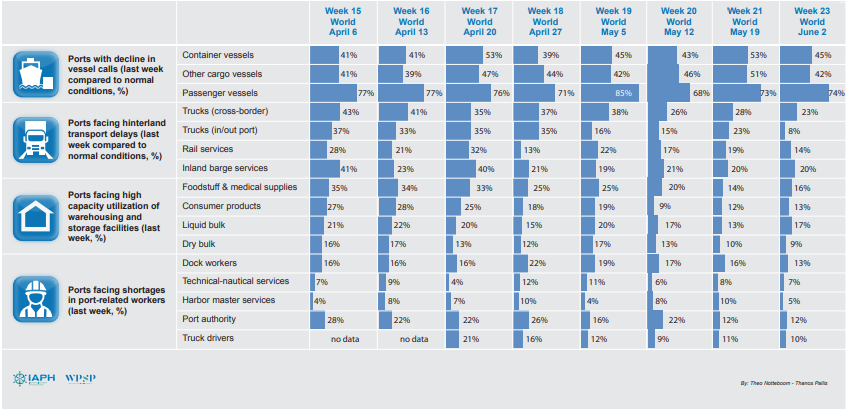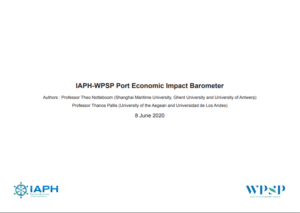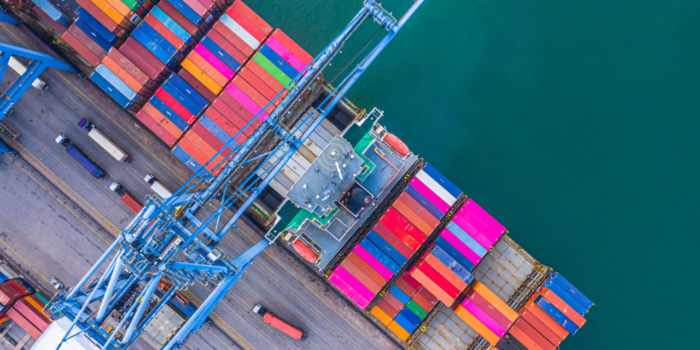Amid COVID-19 crisis, International Association of Ports and Harbors (IAPH) and World Port Sustainability Program issued their “Port Economic Impact Barometer” report for week 22 and 23.
This week, the report gathered information concerning the number of vessels calls, by comparing global results with regional results.
Three regions are considered: Europe, North America and Central and South America.

In light of the above, blank sailings, mainly on trade routes with the Far East, continue to affect results for container vessel calls, although with lesser impact than the last five weeks.
39% of the ports’ container ship calls fell in the last two weeks by 5 to 25% (45% of week 21), with 6% experiencing significant drop (in excess of 25%).
Professor Theo Notteboom, who co-authors the report , commented :
Overall, a very fragmented situation for container shipping is becoming evident: some alliances have revamped services, whilst others are keeping cancellations. Some are keeping hi-frequency feeders to major regional ports. A new regional concept for transshipment appears to be emerging.
At the same time, the cruise industry still remains the most affected by the COVID-19 contagion.
This week’s results are comparable to last week’s. Since week 20, about 61-62% of respondents indicate that cruises calls are down more than 50%, in many cases even down more than 90%.
Some cruise-dependent ports have reopened cruise terminals, shops and restaurants under strict conditions such as widespread use of liquid antiseptics, large ventilation fans and social distancing. However any full recovery will only commence once bans put in place by national governments begin to get lifted.
….as Co-author Professor Thanos Pallis noted.
What is more, 76% of the ports returned back to their normal operations in cross-border transport by truck – higher than past weeks, with 92% reporting normal operations for trucks arriving or leaving the port at this time of year.
Additionally, rail and barge intermodal services reported less delays caused by the COVID-19 situation, with respectively 87% and 80% of applicable ports reporting normal operations.
Explore more herebelow































































